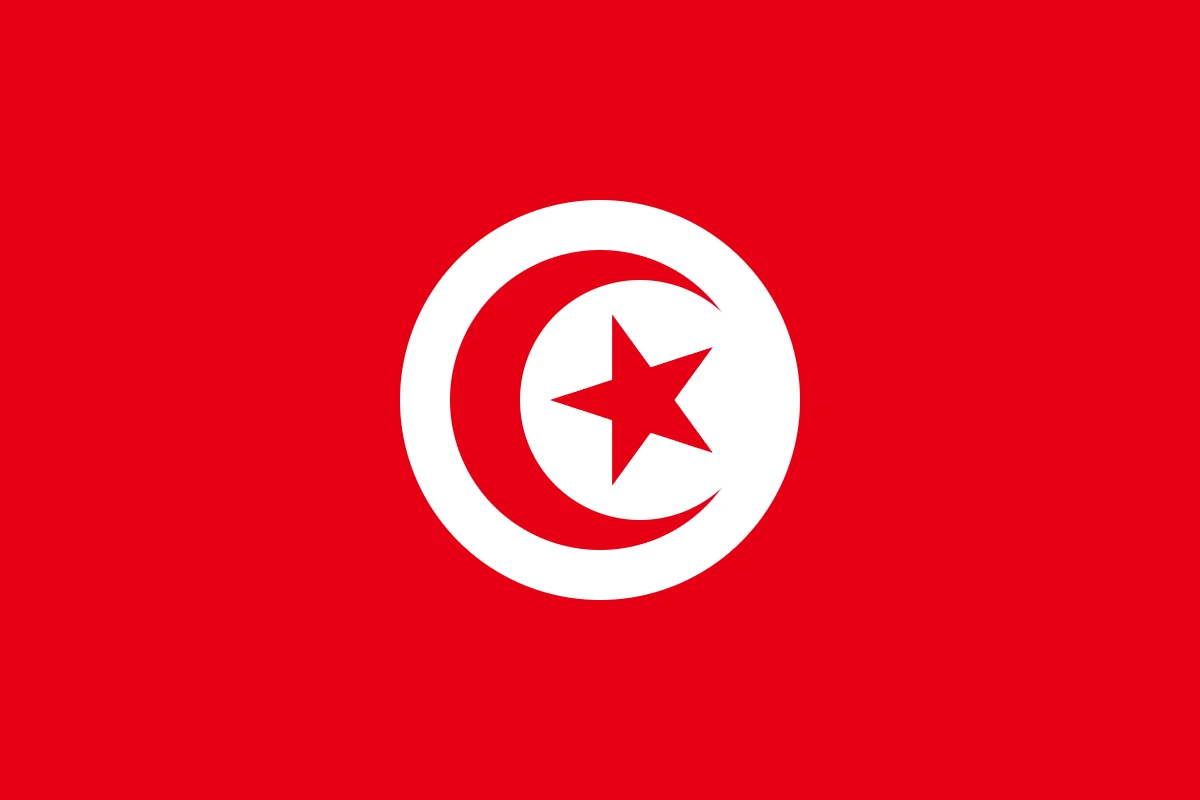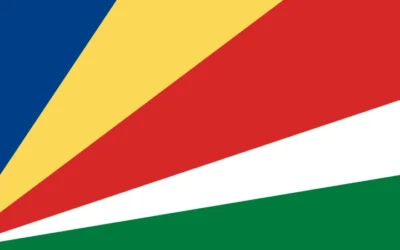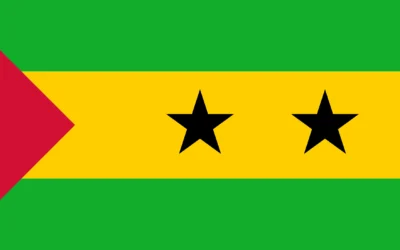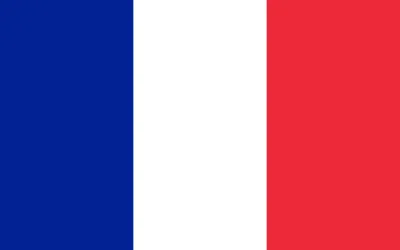Tunisia Travel Guide
Discover Why You Should Visit Tunisia
Why Visit Tunisia?
Tunisia is a captivating North African country where Mediterranean charm meets ancient heritage and desert adventure. From Roman ruins and Arab-Andalusian medinas to golden beaches and Saharan oases, Tunisia offers diverse experiences for history lovers, beachgoers, and culture seekers.
It’s a destination where ancient Carthage once stood, where Star Wars landscapes come to life, and where locals welcome you with rich traditions and warm hospitality.
Ideal for: History buffs, beach lovers, foodies, and desert adventurers.
Must-Know Facts
Capital/Major City: Tunis
Language(s): Arabic (official), French widely spoken
Currency: Tunisian Dinar (TND)
Best Time to Visit: March to May and September to November (pleasant weather, fewer crowds)
Fun Fact: Tunisia was the filming location for several Star Wars scenes, especially in the town of Matmata and the desert around Tataouine.
Top Things to Do
Explore the ancient ruins of Carthage and the Bardo Museum in Tunis
Wander through the blue-and-white village of Sidi Bou Said overlooking the Mediterranean
Relax on the beaches of Hammamet, Djerba, and Sousse
Tour the Sahara Desert on camelback and visit the oasis town of Douz
Visit the underground troglodyte homes in Matmata and the Ksour granaries in the south
Local Culture & Lifestyle
Tunisian culture is a blend of Arab, Berber, Mediterranean, and French influences. Music, dance, literature, and cuisine reflect this cultural richness.
Hospitality is central, and tea with mint or pine nuts is commonly shared with guests.
Traditional dress, religious customs, and family values remain strong in both urban and rural areas.
Food & Drink Highlights
Street Food: Brik (deep-fried pastry with egg), Merguez sausages, Lablabi (chickpea soup)
Restaurants: Dar El Jeld (Tunis), Restaurant Le Golfe (La Marsa), local cafés in Sfax and Tozeur
Drinks: Mint tea, citronnade (lemonade), Boukha (fig spirit), fresh pomegranate juice
Desserts: Baklava, zrir (nut and sesame paste), makroud (date-filled semolina cakes)
Main Dish & Culinary Symbols
Signature Dish: Couscous with lamb, vegetables, and harissa (spicy red pepper paste)
Common Ingredients: Semolina, chickpeas, lamb, seafood, olive oil, harissa, dates
Culinary Culture: Meals are often communal, and Tunisian cuisine is known for its spice, freshness, and Mediterranean flair
Symbols & Icons of the Area
Natural Icons: Sahara Desert, Mediterranean coastline, Chott el Jerid salt lake
Cultural Icons: Carthaginian ruins, blue-and-white Sidi Bou Said, medinas and souks, Star Wars film sites
Hidden Gems & Off-the-Beaten-Path
Ksar Ouled Soltane, a well-preserved granary fortress used in Star Wars
El Kef and Dougga, towns with Roman ruins and scenic views
Chenini, a Berber hilltop village with ancient cave dwellings and panoramic desert vistas
Shopping & Souvenirs
What to Buy: Hand-painted ceramics, olive wood carvings, Berber rugs, leather slippers, local perfumes
Where to Shop: Medina of Tunis, Sousse souks, Djerba handicraft markets
Getting Around
Public Transport: Trains and shared taxis (louages) connect cities affordably
Car Rentals: Widely available, ideal for reaching desert and remote regions
Tip: City centers are walkable and safe, and metros operate in Tunis
Walkability: High in medinas, coastal towns, and historic sites
Travel Tips
Dress modestly, especially in rural or religious areas
French is widely spoken and useful for navigation and shopping
Bargaining is expected in souks, so negotiate respectfully
Tap water is generally safe in cities, but bottled water is preferred for travelers
Where to Stay
Budget: Hostels and guesthouses in Tunis, Sfax, and Tozeur
Mid-range: Dar Ya, Hôtel Royal Victoria, charming riads and local inns
Luxury: Four Seasons Tunis, Hasdrubal Thalassa & Spa, La Badira
Unique: Troglodyte hotels in Matmata, desert camps in Douz, boutique riads in medinas
Sample 4-Day Itinerary
Day 1: Explore Tunis, visit the Bardo Museum and Carthage ruins, stroll Sidi Bou Said
Day 2: Travel to Kairouan or El Djem for Islamic architecture and Roman amphitheaters
Day 3: Head south to Matmata and Douz for desert landscapes and cultural sites
Day 4: Relax on the beaches of Djerba or Hammamet before returning to Tunis






0 Comments